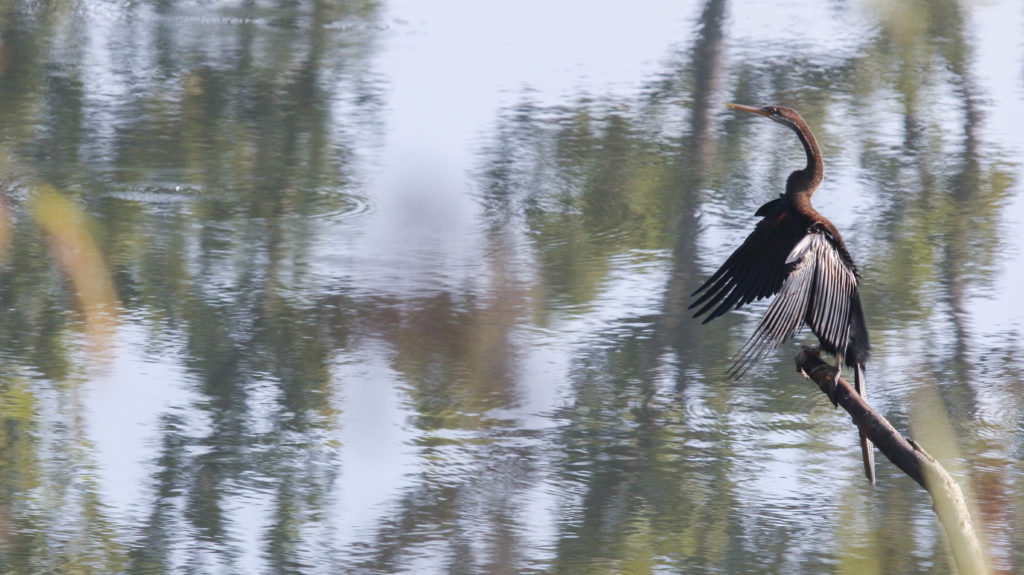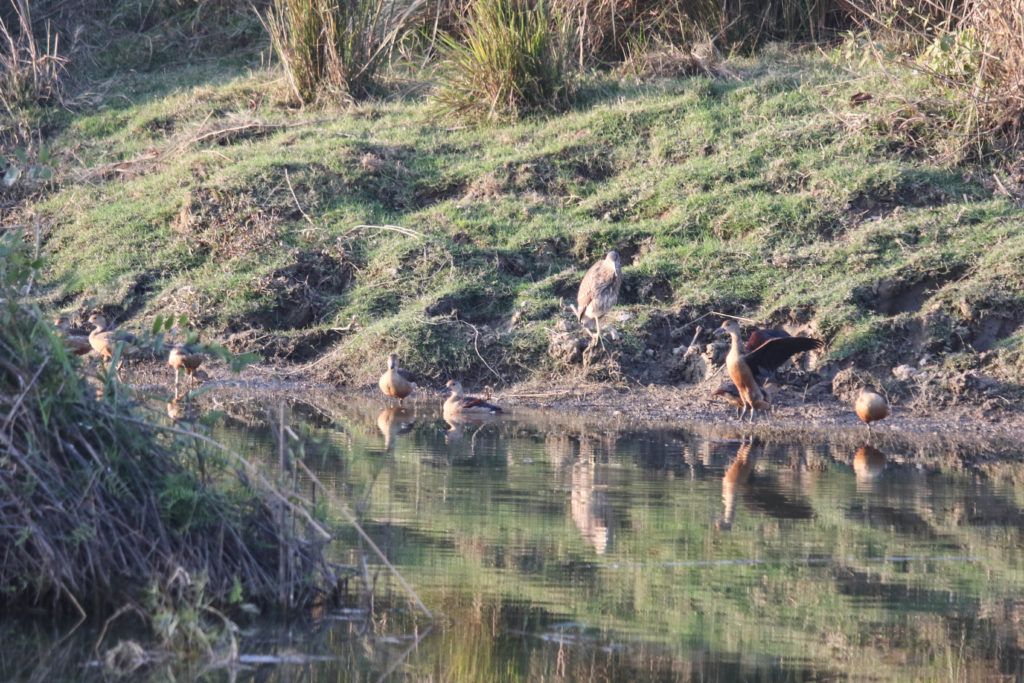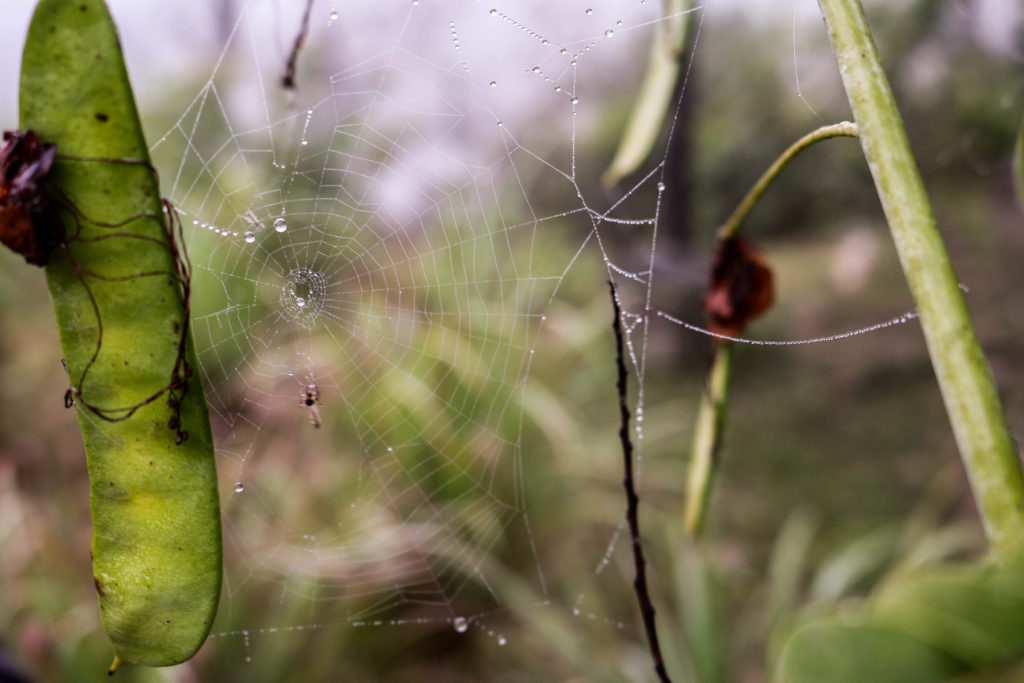In and around the Chitwan National Park, Nepal
Famous for its temples and mountain treks, Nepal has another climax: its rich wildlife. The Chitwan National Park, a UNESCO World Heritage Site, is an ideal setting for a safari to discover single-horned rhinoceroses, crocodiles, Bengal tigers and a wide variety of birds.
To reach the Terai region in southern Nepal, we cross the green and quiet alleys of a village brightened by the yellow of mustard fields on either side. Along with lentils, beans, wheat, bananas, and even rice during the monsoon season, mustard is a very common crop of the region. According to Mahesh, a naturalist who is also our guide, “everything grows on this fertile soil.’’
We drove further to reach the boundaries of the Chitwan National Park, established in 1973. Covering an area of 932 square km, the national park boasts of an extremely rich wildlife. A former royal hunting preserve, it was listed as a UNESCO World Heritage Site in 1984. ‘Chitwan’ literally means ‘heart of the forest’, and is one of the last refuges for Asian single-horned rhinos and Bengal tigers.
Following the footsteps of the wild
During our foray into the forest, we cross the buffer zone and a huge portico welcomes us to the Chitwan National Park. The safari begins as a lovely drive in the wild, but soon turns out to be a real treasure hunt.
The morning mist of winter surrounds the landscape and we are already following the footsteps of a tiger, which supposedly crossed the path minutes ago. Along with other visitors, we criss-cross the forest in search of the famous but threatened Bengal tiger, but instead sight a peacock that displays its finery by making a half wheel with its feathers and a tiny black wild boar.
Compensating for the disappointment of not being able to witness the big cat, a single-horned rhinoceros surprised us with his sudden appearance from the tall green grass, where he hid. We hold our breath in front of the imposing animal, which is reputed of being troublesome and dangerous and let it feed on the grass while we enjoy the sight.
We also see two elephants, laden with the weight of saddles, and many a tourist bunking in them. Mahesh, who discourages these types of activities, then explains the problem associated with exploitation of these animals, carrying on their back the load of many tourists several times a day and often poorly cared for by their owners.
After the safari, we head for a soothing boat trip on the Rapti River in the forest premises. The canoeing is an opportunity to observe crocodiles and a wide variety of birds – over 350 of them, including herons, sparrows and kingfishers.
































